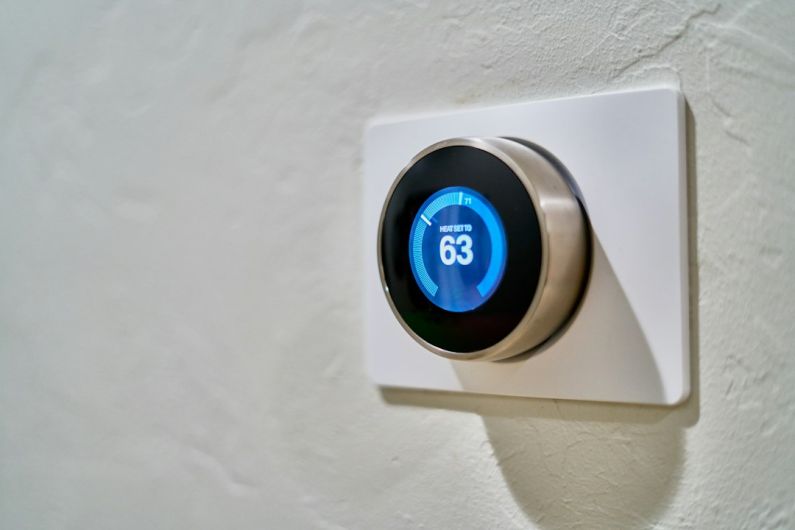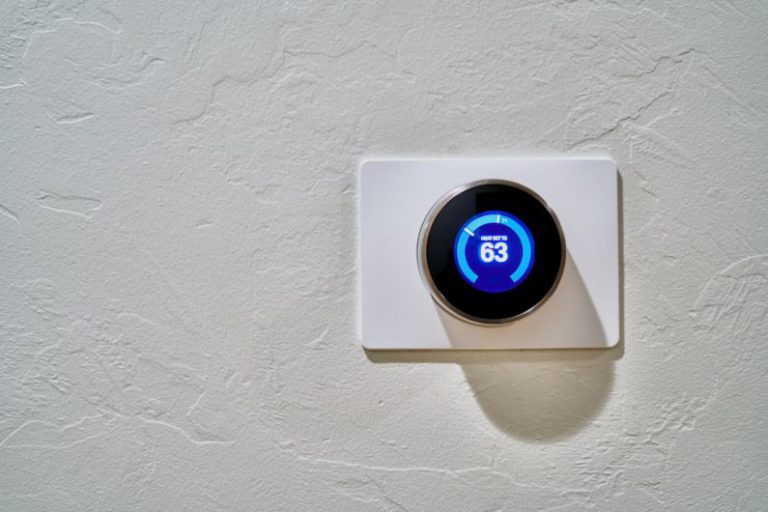How to Choose the Best Smart Thermostat for Your Home?
In today’s digital age, smart technology has become a significant part of our everyday lives. From smartphones to smart homes, the integration of technology has made our lives more convenient and efficient. One area where this technology has made significant advancements is in home automation, particularly with the introduction of smart thermostats. These devices allow homeowners to control and monitor their home’s heating and cooling systems remotely, providing comfort and energy savings. However, with so many options available in the market, choosing the best smart thermostat for your home can be a daunting task. In this article, we will explore the key factors to consider when making this decision.
Compatibility with your HVAC system
The first and most crucial factor to consider when choosing a smart thermostat is its compatibility with your home’s heating, ventilation, and air conditioning (HVAC) system. Not all smart thermostats work with every HVAC system, so it is essential to check the compatibility requirements of each device. Some smart thermostats are only compatible with single-stage systems, while others support multi-stage or heat pump systems. Additionally, certain thermostats require a C-wire for power, which may not be available in older homes. By ensuring compatibility, you can avoid any installation issues and ensure that your new smart thermostat works seamlessly with your HVAC system.
Features and Functionality
Another crucial aspect to consider is the features and functionality of the smart thermostat. While all smart thermostats allow remote control and scheduling, some offer additional features that may be important to you. For example, some thermostats use geolocation technology to detect when you are away from home and adjust the temperature accordingly, helping to save energy. Others can integrate with voice assistants like Alexa or Google Assistant, allowing you to control the thermostat with voice commands. Make a list of features that are important to you and choose a smart thermostat that meets your specific needs.
User Interface and Ease of Use
The user interface and ease of use are also vital considerations when selecting a smart thermostat. You want a device that is intuitive and easy to navigate, both on the physical thermostat itself and the accompanying smartphone app. Look for a thermostat with a clear and legible display, responsive touch controls, and a user-friendly app interface. Some smart thermostats even offer learning capabilities, where they adapt to your temperature preferences and adjust automatically over time. Ultimately, choose a smart thermostat that you feel comfortable using and that fits seamlessly into your daily routine.
Energy Efficiency and Savings
One of the primary reasons for investing in a smart thermostat is to save energy and reduce utility bills. Therefore, it is essential to consider the energy efficiency and potential savings offered by each device. Look for a smart thermostat with energy-saving features such as adaptive learning, scheduling, and usage reports. Some thermostats even provide tips and recommendations on how to optimize your energy usage. Additionally, some utilities offer rebates or incentives for installing energy-efficient smart thermostats, so it may be worth researching if you qualify for any programs in your area.
Price and Budget
Last but not least, consider your budget when choosing a smart thermostat. Prices can vary significantly, ranging from around $100 to $300 or more. While it may be tempting to opt for a cheaper option, it is essential to balance price with the features and functionality that are important to you. Remember that a smart thermostat is an investment that can potentially save you money in the long run, so consider the value it will provide over time.
In conclusion
Choosing the best smart thermostat for your home requires careful consideration of compatibility, features, user interface, energy efficiency, and budget. By evaluating these factors, you can find a smart thermostat that meets your needs and enhances your home’s comfort and energy efficiency. Embrace the convenience and control of smart technology and enjoy a more comfortable and sustainable living environment.






